Delhi: Unraveling the Rich Tapestry of History and Culture
Landing in the Capital City
As the Airbus descends into Indira Gandhi International Airport (IGIA), the first sign of Delhi that greets you is the bustling terminal, where eager travelers exchange warm embraces or catch glimpses of long-lost friends. The arrival hall buzzes with a mix of international and domestic voices as travelers prepare for their next steps into this vibrant metropolis. Taxis, rickshaws, and airport shuttles vie for your attention amidst the constant hum of activity.
Brief Introduction to Delhi’s Historical Significance
Delhi, often referred to as the capital of the Republic of India, has been a focal point for emperors and conquerors since the 3rd century BCE. Today, its historical significance is palpable in every corner of the city. From the Red Fort, built by Shah Jahan, to the Qutub Minar, India’s tallest minaret and a UNESCO World Heritage Site, each structure narrates stories of power, conflict, and cultural exchange.
Navigating the Urban Landscape
The moment you step out of the airport, you'll be confronted with the unique texture of Delhi's urban sprawl. The modern skyscrapers lining the central business district stand alongside narrow lanes lined with ancient bazaars where traditional fabrics like silk and cotton still thrive. The juxtaposition of these contrasting elements sets the stage for a traveler's journey through time.
The Golden Triangle
To begin your exploration, the Golden Triangle—comprising the Red Fort, Humayun’s Tomb, and Qutub Minar—is an essential destination. The Red Fort, constructed in the mid-17th century, served as the primary residence of the Mughal emperors until 1857. Its intricate architecture and lush gardens offer a glimpse into the luxury and grandeur of imperial life.
Red Fort
Walk along the path to the Red Fort, named for the red sandstone that dominates its construction. Inside, the Diwan-e-Khas, or Hall of Private Audience, features stunning archways and intricate inlaid marble work. Just beyond the fort walls lie the gardens, which remain verdant even during the dry season.
Humayun’s Tomb
Nearby, at Humayun’s Tomb in Nizamuddin East, lies one of the prime examples of Mughal architecture. This towering white marble mausoleum was built by Empress Bega Begum after her husband, Emperor Humayun, passed away. The intricate lattice-work of the tomb and the surrounding garden make it a serene retreat from the bustling city.
Qutub Minar
Further southwest lies the Qutub Minar, the centerpiece of the Qutub Complex. Built between 1192 and 1220 CE, it stands as a testament to early Islamic architecture in India. Climbing to the top rewards visitors with panoramic views of the city’s skyline, punctuated by ancient minarets and modern high-rises.
The Cultural Heart: Chandni Chowk and Jama Masjid
After exploring the historical zones, venture into Chandni Chowk, Delhi’s oldest and most famous market. The name translates to “Silver Moon,” a fitting description for the labyrinthine streets dotted with shops selling everything from spices and jewelry to vintage textiles. Be prepared to bargain and immerse yourself in the sensory overload of colors, aromas, and hustle and bustle.
Jama Masjid
Nestled within Chandni Chowk is the Jama Masjid, an iconic landmark with imposing gateways and towering minarets. Founded by Emperor Shah Jahan in 1656, it is considered one of the largest mosques in India. Despite its grandiose appearance, the mosque remains welcoming to visitors and offers insight into the daily life of Muslims in Delhi.
Modern Delhi: A Melange of Cultures and Communities
Navigating through the markets and historical sites, another facet of Delhi emerges—the diverse cultures and communities that enrich the city. Each neighborhood seems to have its own distinct flavor, influenced by the region’s history, religion, and local customs. The Hindu enclaves around the old city, the Muslim-majority lanes of Nizamuddin, the Sikh heritage visible in Gurudwara Fateh Sadan, and the Christian presence celebrated in Sanatan Paul Church all contribute to the city’s rich patchwork of cultures.
Feng-Shui Villas and Global Influence
While much of Delhi retains its historical architecture, the city is also evolving with contemporary designs. Areas such as Nehru Place and Saket showcase the fusion of traditional Indian aesthetics with modern architectural innovations. These neighborhoods offer glimpses of the city’s growing middle class and emerging trends in lifestyle and design.
The Role of Food in Delhi’s Culture
Nothing brings a city closer together than its food, and Delhi offers a diverse culinary experience that reflects its history and cultural exchanges. From the savory chaat to the aromatic biryani, street food vendors and upscale restaurants offer a wide array of flavors. Explore Connaught Place, New Delhi, where numerous eateries serve dishes that span various regions of India and beyond.
Delhi Biryani
A must-try dish when visiting Delhi is biryani, a fragrant rice dish cooked with meat, spices, and herbs. The city boasts several renowned biryani joint, each with its own secret recipe. Enjoy this dish either at a traditional restaurant or opt for a street vendor offering delicious yet quick bites.
Masala Chaat
For a lighter fare, masala chaat is a delightful combination of fried snacks topped with tangy yogurt sauce and pomegranate chutney. Chaat stands along the lanes of Chandni Chowk and other areas offer perfect snacks to savor amidst the street hustle.
The Vibrant Nightlife
Evenings and nights in Delhi bring a new dimension to the city, reflecting its multicultural essence. Areas like Mehrauli and the Lodhi Colony become lively spots for both locals and tourists. Rooftop bars, jazz clubs, and live music venues pop up, providing a blend of Eastern and Western entertainment. Many hotels and restaurants also extend their services late into the night, catering to those looking for a more vibrant nightlife experience.
Preserving the Past with Modern Amenities
While Delhi grapples with rapid modernization, there’s a concerted effort to preserve its historical structures and cultural heritage. Organizations like the Archaeological Survey of India (ASI) and local preservation groups are working tirelessly to maintain monuments and promote awareness among residents. Museums like the National Museum, the Birla Mandir, and the Moti Masjid Museum house artifacts that tell the story of the city’s past.
The Future of Delhi: Challenges and Opportunities
Despite its rich history and cultural significance, Delhi faces contemporary challenges like traffic congestion, air pollution, and infrastructure development. The city authorities and planners are actively working towards sustainable solutions, such as improving public transport systems, promoting green technologies, and ensuring equitable growth.
Conclusion: A City of Endless Wonder
The journey through Delhi opens doors to a world of wonders, where ancient traditions coexist with cutting-edge innovations. Whether you’re exploring its historic monuments, mingling in its vibrant markets, feasting on its sumptuous cuisine, or soaking in its vibrant culture, Delhi offers a unique tapestry of experiences that leave a lasting impression. Embark on this voyage and you’ll undoubtedly discover why Delhi continues to captivate both natives and newcomers alike with its timeless charm.
Photo Gallery

The Red Fort, Delhi

Chandni Chowk Market, Delhi

Qutub Minar, Delhi
Delhi as a Gateway to India
Delhi, as the capital of India, serves as a gateway to the rest of the country. Visitors often use it as a base for further exploration, with its strategic location making it an ideal starting point for those heading to Agra to see the Taj Mahal or Jaipur for its palaces and forts. The city itself is rich with historical and cultural diversity, making it the perfect place to understand the broader narrative of Indian culture and history.
Tourist Attractions in and around Delhi
One of the most popular attractions in Delhi is the Indian Museum, which houses a vast collection of artifacts and specimens from various museums across the country. It’s a treasure trove for history and science enthusiasts, providing insights into the archaeological and cultural heritage of India. Another must-visit site is the National Museum, which offers a comprehensive overview of Indian art and culture with exhibits ranging from stone carvings to paintings and textiles.
Palaces and Forts
Delhi’s palaces and forts are remnants of the city’s rich imperial past. The Lal Qila, or Red Fort, is one of the most famous, providing panoramic views of the city. The Purana Qila, or Old Fort, located in the heart of Delhi, offers a glimpse into its older history and serves as a popular spot for evening walks and yoga sessions. Nearby, the Akshardham Temple, built with intricate carvings and golden spires, is a modern marvel that showcases Hindu architecture and design.
Bollywood’s Influence
While many associate Delhi with history and heritage, the city also plays a significant role in the entertainment industry. Delhi is home to several film studios, including Film City, making it a bustling center for the making of Bollywood movies and television shows. Moviegoers and history enthusiasts can take a tour of these studios to get a sense of the glitz and glamour that characterize the Indian film industry.
Cultural and Educational Institutions
The academic and cultural institutions in Delhi are some of the oldest and most prestigious in India. The University of Delhi, with its sprawling campus and several affiliated colleges, is a hub of intellectual activity, offering a range of academic programs from the humanities to sciences. Other notable institutions include the Jawaharlal Nehru University (JNU), known for its liberal arts and social sciences programs. These institutions not only contribute to the city’s academic landscape but also foster a vibrant cultural environment.
Universities and Cultural Centers
The National Academy of Hindi Literature and the Nehru Memorial Museum & Gujarati Study Centre are two important cultural hubs that serve as venues for literary events, seminars, and exhibitions. The Tagore Centenary Memorial Hall is a poignant reminder of the cultural legacy of the renowned author Rabindranath Tagore, offering readings, performances, and workshops that bring his works to life.
Delhi’s Role in Indian Society
Delhi is not just a tourist hotspot; it is a melting pot of Indian society. The city’s demographics are a reflection of the country’s diversity, with a mix of urban and rural populations, various social and economic classes, and a range of religious and cultural practices. This diversity is evident in its bustling neighborhoods like Lado Ghar, Ananda Colony, and the Old Daryaganj area, which are home to a variety of religious institutions and cultural centers.
Religious Diversity
Delhi’s religious diversity is particularly striking. The city is home to several significant religious sites, including the Lotus Temple, a Bahá'í House of Worship known for its distinct design, and the Durg Sahib Jawahar Laxman Temple, a famous gurudwara dedicated to Guru Hargobind, the sixth Sikh Guru. The Nizamuddin Dargah, a revered Sufi shrine, attracts a steady stream of devotees looking to seek blessings and perform spiritual rituals.
The Role of Technology and Modernization
Despite its historical significance, Delhi is not resistant to modern advancements. The city has seen a significant shift towards technology and digital innovation, with startups and tech hubs dotting the cityscape. Connaught Place, once a central market area, now hosts several technology parks and start-up incubators, contributing to the city’s growing economy and innovation ecosystem.
Innovative Spaces
Areas like Noida, Gurgaon, and Faridabad, surrounding Delhi, have become hubs for tech companies and businesses, attracting a younger, more cosmopolitan population. These areas offer a stark contrast to the historical core of the city, with modern high-rises and sleek cafes catering to the needs of the tech-savvy population. The advent of smart cities and urban planning initiatives further emphasizes Delhi’s commitment to modernization while preserving its historical charm.
Environmental Challenges and Initiatives
Delhi faces significant environmental challenges, primarily due to its geographical location and rapid industrial growth. The air quality in Delhi is often a matter of concern, with peak pollution levels causing respiratory issues for its residents. However, the city has taken several steps to mitigate these issues, including the implementation of the National Clean Air Programme and efforts to promote clean energy and public transport. Initiatives like the Delhi government’s plan to ban single-use plastics and encourage the use of electric vehicles have garnered attention and support from both residents and visitors.
Green Spaces and Urban Planning
The government has also been investing in creating green spaces and improving the urban environment. Projects like the development of the Delhi Greenline and the expansion of the urban forest have been initiated to combat urban heat and increase green cover. These initiatives not only enhance the aesthetic appeal of the city but also contribute to improving the air quality and providing recreational spaces for the citizens.
Cultural Festivals and Events
Delhi hosts a variety of cultural festivals throughout the year, celebrating the diverse traditions and festivals of various communities within the city. Diwali, the Hindu festival of lights, is particularly celebrated with great enthusiasm, with the city lit up in a sea of lights and fireworks. Other notable festivals include Dussehra, where processions and performances are held, and Holi, the festival of colors, which sees people drenched in vibrant colors and participating in joyous rituals.
Cultural Events
The festival of Durga Puja, often celebrated in urban areas like Nueva Delhi and Nehru Place, sees ornate pandals (temporary shrines) being set up for the goddess Durga. Music festivals like the Rockstar Rock N’ Roll Fest and the Rock in the Park concerts draw large crowds, bringing together musicians from around the world. The city also hosts an array of cultural events, such as the Delhi International Film Festival, which showcases a mix of international and Indian films, and the Delhi Science Fest, which focuses on science and technology and their applications in everyday life.
Transportation in Delhi
Efficient transportation is a critical aspect of navigating Delhi, a city known for its traffic. The Delhi Mass Rapid Transit System (DMRT), commonly known as the metro, has expanded its network to cover major areas of the city, making travel more convenient and reducing congestion on roads. Buses, auto-rickshaws, and shared taxis, or taxis, are also available, though they can be more challenging during peak times. The city is also increasingly adopting e-scooters, e-bikes, and bike-sharing services, providing an eco-friendly and efficient mode of transportation for short distances.
Public Transportation
The Delhi Integrated MultiModal System (DIMSS), an initiative to integrate different modes of public transport using technology, aims to improve access and enhance travel experiences for commuters. The focus is on developing a unified platform that allows real-time tracking of buses, trains, and other public transport services, making it easier for travelers to plan their journeys. The introduction of shared rides and ride-hailing services like Uber and Ola has also provided additional options, catering to both tourists and locals.
Health and Living in Delhi
Living in Delhi has its pros and cons, largely depending on one’s personal preferences and lifestyle. For those who appreciate the bustling energy and cultural richness, the city offers an enriching experience. However, the challenges of living in a densely populated city cannot be overlooked. Healthcare facilities in Delhi range from government-run hospitals to private medical institutions, providing both basic and advanced healthcare services. The quality of air and water, though improving, can still be a concern for some residents and visitors.
Health Services
Top-notch medical facilities like the Apollo Hospitals and the All India Institute of Medical Sciences (AIIMS) are highly regarded and attract patients from across the country. Additionally, several international hospitals with modern facilities provide specialized treatments and services, making the city a hub for medical tourism. However, the demand for healthcare services, especially during peak times or in case of emergencies, can put a strain on the system, highlighting the need for continued improvement in infrastructure and services.
Conclusion: The Future of Delhi
As Delhi continues to evolve, it remains a city of contrasts and contradictions. It is a place where history and modernity coexist, where ancient traditions meet cutting-edge technology, and where the challenges of rapid urbanization are being tackled with innovative solutions. The future of Delhi is shaped by its past, its present, and the aspirations of its people. Whether you are a first-time visitor or a long-time resident, there is always something new to discover and experience in this vibrant and dynamic city.
Photo Gallery

Akshardham Temple, Delhi

Nehru Place, Delhi

The Lotus Temple, Delhi
Sports Enthusiasts’ Playground
Delhi is not just a hub for cultural and historical exploration; it is also a sports enthusiast’s playground. Home to various professional sports teams, Delhi is a place where passion and competition run deep. Cricket, perhaps the most popular sport in India, holds a special place here, with the famous Feroz Shah Kotla Ground hosting both international and domestic matches. Fans can witness the thrilling atmosphere during league games and the excitement of the Indian Premier League (IPL).
Khushi Stadium and Hockey
Khushi Stadium, formerly known as the Jawaharlal Nehru Stadium, hosts various events and is particularly famous for its hockey matches. Hosting the Hockey World Cup in 2017, the stadium has witnessed many memorable moments, making it a must-visit for fans of the sport. Delhi also has a strong tradition in field hockey and regularly hosts national and international tournaments, keeping the spirit of sport alive.
Multisport Venues
The city is also home to other multifacility sports complexes like the Ambedkar Sports Complex and the Siri Fort Sports Complex. These venues cater to a wide range of sports, from shooting and archery to athletics and basketball, making them ideal for sports enthusiasts and athletes. Regular competitions and sports meets are organized here, attracting participants and spectators alike.
The Arts Scene in Delhi
Delhi’s cultural landscape extends beyond historical monuments and museums. The city is a thriving center for arts, literature, and creative expression. Numerous galleries, theaters, and performance venues can be found scattered throughout the city, showcasing contemporary and traditional art forms.
Galleries and Art Exhibitions
The city boasts several galleries, such as the Gallery Wagh, Bhikaji Cama Place, and the Indira Gandhi National Centre for the Arts (IGNCA), which house a variety of exhibitions. These galleries feature not only local artists but also international artists, making them valuable platforms for discovering new artistic expressions. Events like the ArtFest and the ArtWalk draw large crowds and celebrate the creative talents of the city.
Theater and Performing Arts
The performing arts scene in Delhi is equally vibrant. The Prithvi Theatre, founded by Ritwick Ghatak and Gulzar, has been a pioneer in modern Indian drama and poetry. Regular performances, festivals, and workshops are hosted here, promoting dialogue and discussion among artists and audiences. Other prominent venues like the Prithvi Naukricenter and the India Habitat Centre offer a range of performances, from classical to contemporary, ensuring a diverse and dynamic theatrical landscape.
Shopping and Luxury in Delhi
Beyond the historical and cultural attractions, Delhi offers a plethora of shopping options that cater to every taste and budget. From high-end malls to traditional marketplaces, the city provides a diverse shopping experience.
Airport and High-End Malls
Indira Gandhi International Airport itself is a testament to the city’s commitment to modernity, featuring a range of luxury stores, dining options, and shopping centers. The airport’s Duty Free Zone and various mall outlets offer high-end brands, making it an ideal place for shoppers looking for designer goods and souvenirs. Major malls like DLF Emporio, City Square Mall, and Inorbit Mall South Extension are among the best places to explore the latest in fashion and retail.
Traditional Markets and Specialty Shops
For those seeking more authentic shopping experiences, Delhi offers traditional markets like New Market, Khan Market, and Karol Bagh. These areas are not only popular for their shopping but also for the vibrant street life they engender. Specialty shops and artisanal boutiques abound, offering everything from traditional fabrics and jewelry to hand-painted pottery and antiques. Market-goers can haggle over prices and explore unique items, immersing themselves in the local culture.
Nearby markets like Paharganj and Sarai Kale Khan cater to shoppers looking for vintage and retro styles, with boutiques and second-hand stores stocked with eclectic finds. The artisanal community of Sarojini Nagar and Khan Market is particularly noteworthy, with artisans creating beautiful textiles, sculptures, and decorative items that reflect the city’s rich cultural heritage.
Entertainment and Nightlife in Delhi
Delhi is a city alive with entertainment options, from cozy cafes to lively nightclubs and bars. Whether you prefer relaxed evening strolls or energetic celebrations, the city has something for everyone.
Cafes and Bookstores
Cafes like Café Landmark, Coffee Bean & Tea Leaf, and Barista provide a perfect ambiance for coffee lovers and book enthusiasts. These places are not just places to grab a drink but also havens for reading and socializing. Many of these cafes host literary events, book launches, and workshops, fostering a love for literature and creativity.
Nightclubs and Rooftop Bars
The nightlife scenes in parts like Nehru Place and Vasant Kunj are particularly energetic. Clubs like The Basement, Boom Bang Bang, and Night Safari offer live music, DJ sets, and themed parties. For a quieter yet sophisticated evening, rooftop bars like One Roof and Rooftop 34 are perfect for sipping cocktails while enjoying breathtaking views of the cityscape.
Delhi’s Culinary Delights
No visit to Delhi would be complete without indulging in its diverse culinary delights. The city’s food scene is as varied as its culture, offering a plethora of gastronomic experiences.
Fusion Cuisine
Beyond the traditional dishes, Delhi is also known for its fusion cuisine, where local flavors blend seamlessly with international influences. Restaurants like The Spice Room, Bistro Du Nord, and La Côte Basque offer a sophisticated dining experience, combining traditional spices with modern culinary techniques. These establishments cater to both food aficionados and casual diners, making fine dining a fun and accessible experience in Delhi.
Vegan and Vegetarian Options
Vegans and vegetarians flock to Delhi, given the abundance of plant-based options. Cafes like Veganica and EthnoBite offer a wide range of vegan sandwiches, burgers, and soups, while restaurants like Green Planet and Plant Based Kitchen provide a diverse menu of vegetarian dishes made with locally sourced ingredients and innovative recipes.
Gastronomic Tours
To truly experience Delhi’s culinary richness, consider joining a gastronomic tour. Companies like Taste of Delhi and Cooked Tours organize guided tours that take visitors to hidden gems, street food stalls, and family-run eateries. These tours offer insights into the local cooking methods and ingredients, allowing participants to savor authentic Delhi flavors.
Final Thoughts
Delhi is a city that continually captivates its visitors with its myriad offerings. From its historical landmarks and cultural richness to its cutting-edge developments and vibrant nightlife, Delhi has something to suit every taste. As you delve deeper into this fascinating city, you will uncover layers of stories, traditions, and experiences that will stay with you long after your visit.
Whether you are exploring the past at Chandni Chowk or experiencing the future at Noida, Delhi is a city that will leave you enchanted. Embrace the diversity, engage with the locals, and let Delhi’s spirit guide you through this incredible journey.
Photo Gallery

Feroz Shah Kotla Ground, Delhi

Prithvi Theatre, Delhi

DLF Emporio Shopping Mall, Delhi




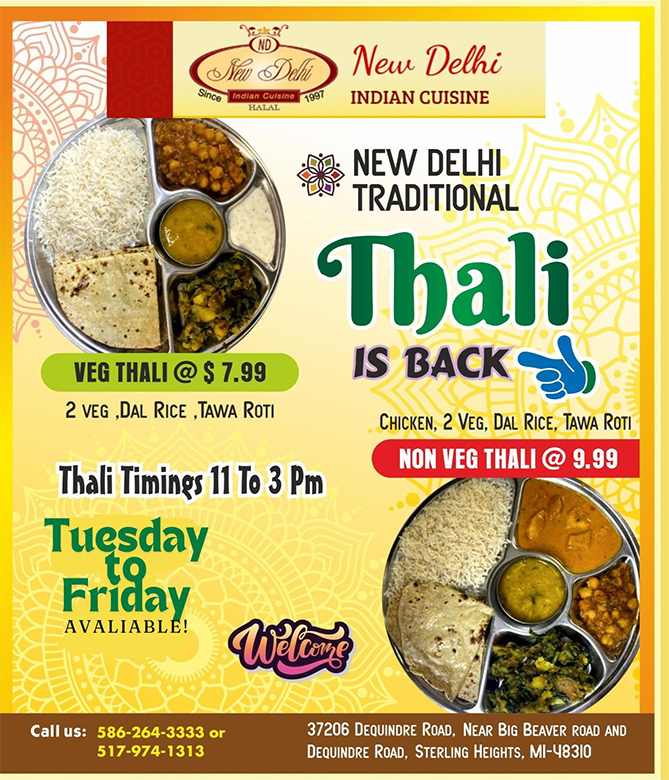




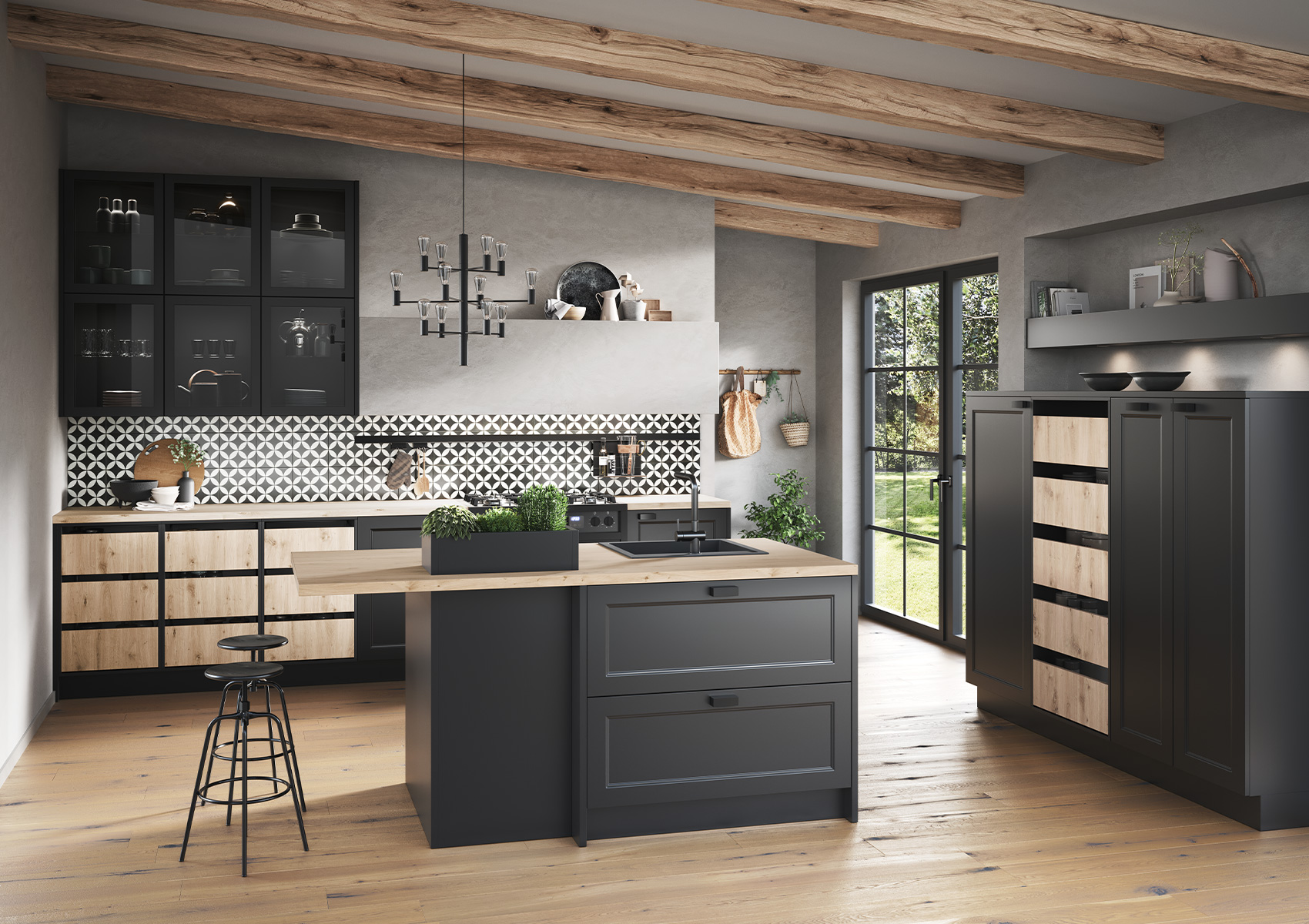

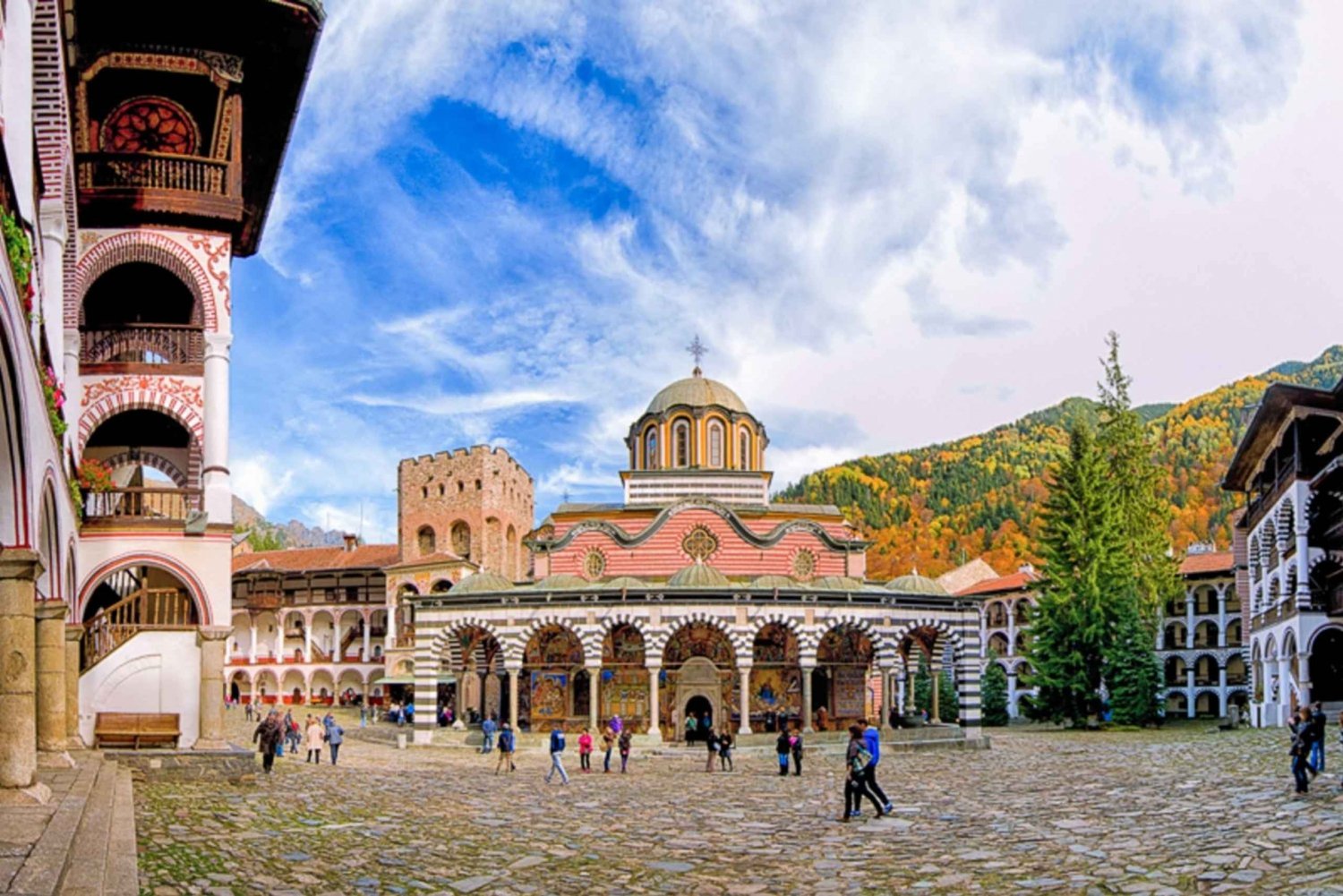


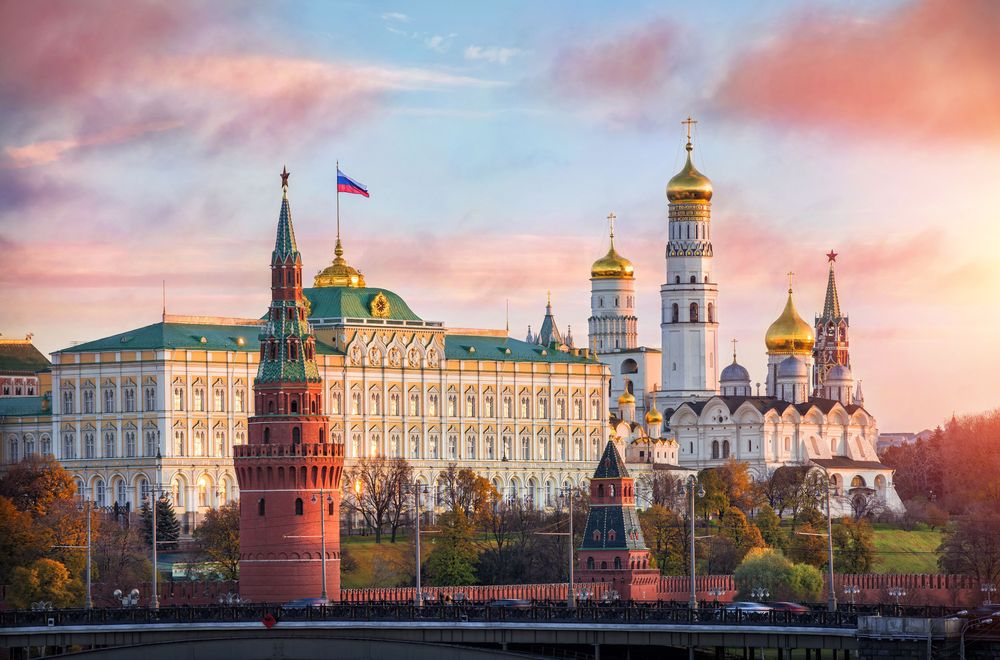






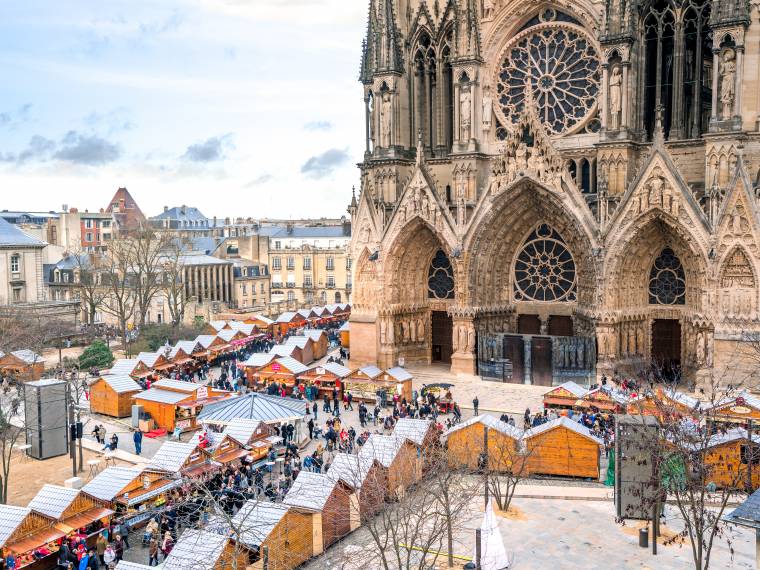
Comments